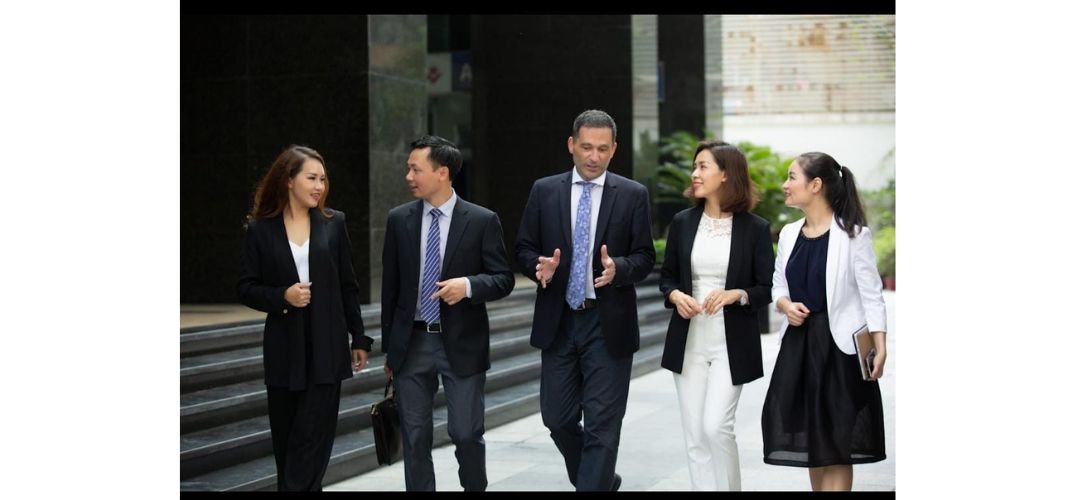Prior to 2020, Southeast Asia was experiencing strong economic growth and a rise in popularity. Various locations in the region were able to share their success stories. From the bustling streets of Bangkok to the vibrant life in Ho Chi Minh City, and the developing landscape of Phnom Penh, these cities exemplified foreign partnerships, tourism, and the younger generation traveling to the UK, Europe, and America for further studies. A region that had been overlooked was now receiving the attention it deserved.
That all changed with Covid. The pandemic not only closed the door to this part of the world but also kept it out of sight for almost two and a half years. The awakening has been very slow. Countries struggled with solutions both domestically and internationally. Scandals riddled these nations as money was moved around with little or no accountability. Political pressure also mounted internally within the halls of power in each of these countries. Promises were made and elite power positions were poorly negotiated, further complicating the landscape.
Now as the region recovers, the private (sometimes called “international”) education industry offers a lens through which to examine the economic opportunities and challenges in Southeast Asia. The successes and failures within this sector highlight how Southeast Asian countries and governments approach this issue, balancing the influx of foreign teachers, the regulations imposed, and the demand for quality education.
Economic Opportunities and Challenges in the Private Education Industry
The private education industry in Southeast Asia presents numerous economic opportunities. The demand for international education is high, driven by the aspirations of middle-class families seeking better futures for their children. Countries like Thailand, Vietnam, and Cambodia have seen a surge in the establishment of international schools, offering curricula from the UK, the US, and other developed nations. The number of students in private education in Vietnam rose 10.9 per cent from 2017–2022. By 2022, Vietnam had about 510,000 students pursuing general education (K12) and 420 students in higher education. These schools attract expatriate families and local elites, contributing to the local economy and creating job opportunities.¹
As economic growth accelerates, local and national leaders face increasing pressure to upgrade their educational systems. However, the public sector’s response has been inadequate, leaving a significant gap in addressing this issue. This sluggishness is a key reason for the growing demand for private education. In Cambodia, for instance, charter schools and other reforms have been introduced through the NGO KAPE (Kampuchea Action to Promote Education), a government-supported initiative. Yet, these efforts reach only 165 of the more than 15,000 public schools, leaving the vast majority underserved. Consequently, Cambodia ranks 120th out of 138 countries in education outcomes, highlighting the urgent need for more comprehensive education options.²
Due to persistent challenges in the public education sector, such as inadequate funding and a lack of long-term vision, the demand for alternative educational options continues to grow. However, the landscape of educational consumerism in Southeast Asia remains opaque, making it difficult for both parents and government regulators to make well-informed decisions. As a result, private education alternatives often underperform, for several reasons that this article seeks to explore.
Schools Without a Compass: The Bold Yet Uncertain Path of Private Education
The regulatory environment for private education in Southeast Asia varies significantly from country to country, with some nations imposing strict capital requirements, while others focus more on curriculum standards and local teacher qualifications. Aside from occasional inspections and annual test results, accountability in private education remains minimal. For example, when a new school claims to offer “an international education,” what does that really mean? There are no clear regulations governing what a school can or cannot label itself. As a result, many of these schools prioritize marketing over essential aspects such as educational outcomes, program quality, and offering a nurturing classroom environment.
Private or “international” schools often cease to function as academic institutions and instead operate like businesses. While running a school as a business isn’t inherently negative, it becomes problematic when customers are poorly served or misled. Unfortunately, many of these schools struggle with mismanagement. Several factors contribute to this. First, regulations are relatively weak, and families misled by substandard schools have little recourse. Owners typically hire staff based on cost and availability, rather than seeking the most qualified or knowledgeable candidates. The focus is often on appearances, uniforms, extracurricular activities, and Facebook ads.
Secondly, most school owners in Southeast Asia either lack experience in the education sector or are part of education franchises that provide little on-the-ground support and training. Whether they are hiring principals or teachers, they often lack the expertise to ask relevant questions, and there is no clear business plan in place. As a result, owners tend to focus only on revenue and expenses.
Thirdly, ASEAN countries tend to have closed cultures with strong group dynamics and high power distance. This means that information is rarely shared openly, individual leadership is uncommon, and questioning authority is difficult. Staff meetings often become affirmation sessions where everyone agrees, even if the ideas presented are impractical. The result is high turnover, both among local staff and foreign teachers. The focus shifts more toward compliance and appearances than long-term planning and outcomes.
Striking a balance between ensuring quality education and keeping tuition fees affordable is a delicate challenge that many schools fail to meet. Combined with a lack of empathy, this often leads to a final product that is more expensive and less authentic.
Present and Future Prospects
As Southeast Asia moves forward from now until the next decade, the private education sector’s resilience will be an important factor in the region’s overall recovery. Governments must prioritize transparency, accountability, and strategic planning to harness the potential of this industry. Collaborative efforts between the public and private sectors, coupled with robust regulatory frameworks, can ensure that the education sector continues to thrive and contribute to Southeast Asia’s economic growth.
In the meantime, parents should demand greater transparency and accountability. What are the school’s objectives? Where are the teachers from, and what qualifications do they hold? Quality educators are not cheap and often come at a premium due to high demand. Globally, there is a shortage of teachers, and they now have more options, such as part-time teaching, online education, or working in industries outside of traditional schools.
Governments and civic leaders in Southeast Asia continue to neglect long-term strategies in education. There is a persistent tension between establishing a clear vision for educating the youth and dealing with inept school ownership that prioritizes profit over strategic planning.
In conclusion, the private education sector in Southeast Asia reflects the broader economic opportunities and challenges the region faces. The next 5–7 years will be pivotal, as the successes and failures of this industry will illustrate how effectively countries can adapt to evolving circumstances, manage internal and external pressures, and leverage their unique strengths to build a brighter future for their populations.
James Raussen is a consultant who currently resides in Cambodia. He works in the education, healthcare, and financial sectors. When he is not with clients, he works part-time as an Economics and Business instructor. https://www.linkedin.com/in/j-t-raussen/



































